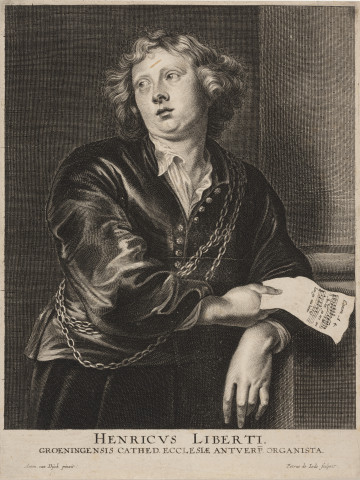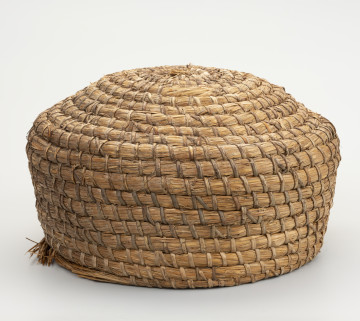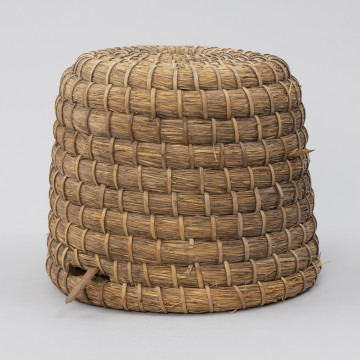
Portrait
circa 1632
National Museum in Szczecin
Part of the collection: Craft and industry products of Szczecin
At the end of the 19th century, after demolition of the fortifications in Szczecin took place, more affluent burghers began to move from the cramped and overcrowded areas of the Old Town to the new suburban districts. Initially, modern tenement houses in the New Town were built in the space of the dismantled fortifications, followed by villa districts located further away from the centre. The economic growth also contributed to the development of tourist and recreational infrastructure, which increasingly attracted the rich and middle classes. All of these factors seem to have encouraged people to own pedigree dogs in their households or keep them on their properties as a warning against thieves. They watched over, for example, the pre-war building of the City Museum (Stadtmuseum Stettin) on Hakenterrasse (Wały Chrobrego). In Szczecin, as in other German and Polish cities of the period, dogs were provided with special metal tags, which varied from triangular to rectangular or even heart-shaped. A dog tag preserved in the collection of the National Museum in Szczecin shows that in 1929 Szczecin dog tags were rectangular fitted with a large ring and a profile of a moving dog figure. An insignia of this nature worn around the neck of a pet was proof its owner had paid the annual tax. The tag was also a sign to the dogcatcher that the dog had an owner, so it was not stray and was not to be captured. The shape of the dog tag, called Hundemarke in German, was changed every year, so that the dogcatcher could tell, even from a distance, whether the current fee for the animal had been paid. Perhaps in pre-war Szczecin, just as in Warsaw, people who visited the city with their pets and did not stay for more than a month were exempt from paying the pet fee. Special tokens were also available to Szczecin hotels, which distributed them to guests travelling with their dogs. Małgorzata Peszko
Author / creator
Object type
pendicle, identification card
Technique
coining
Material
metal
Origin / acquisition method
donation
Creation time / dating
Creation / finding place
Owner
Muzeum Narodowe w Szczecinie
Identification number
Location / status

circa 1632
National Museum in Szczecin

1965
National Museum in Szczecin

1890 — 1910
National Museum in Szczecin
DISCOVER this TOPIC
National Museum in Lublin
DISCOVER this PATH
Educational path